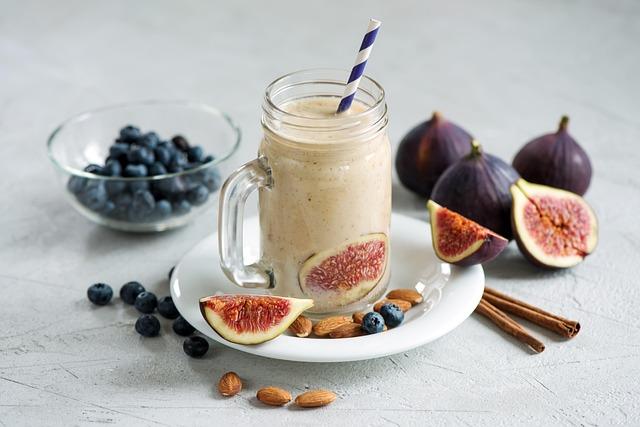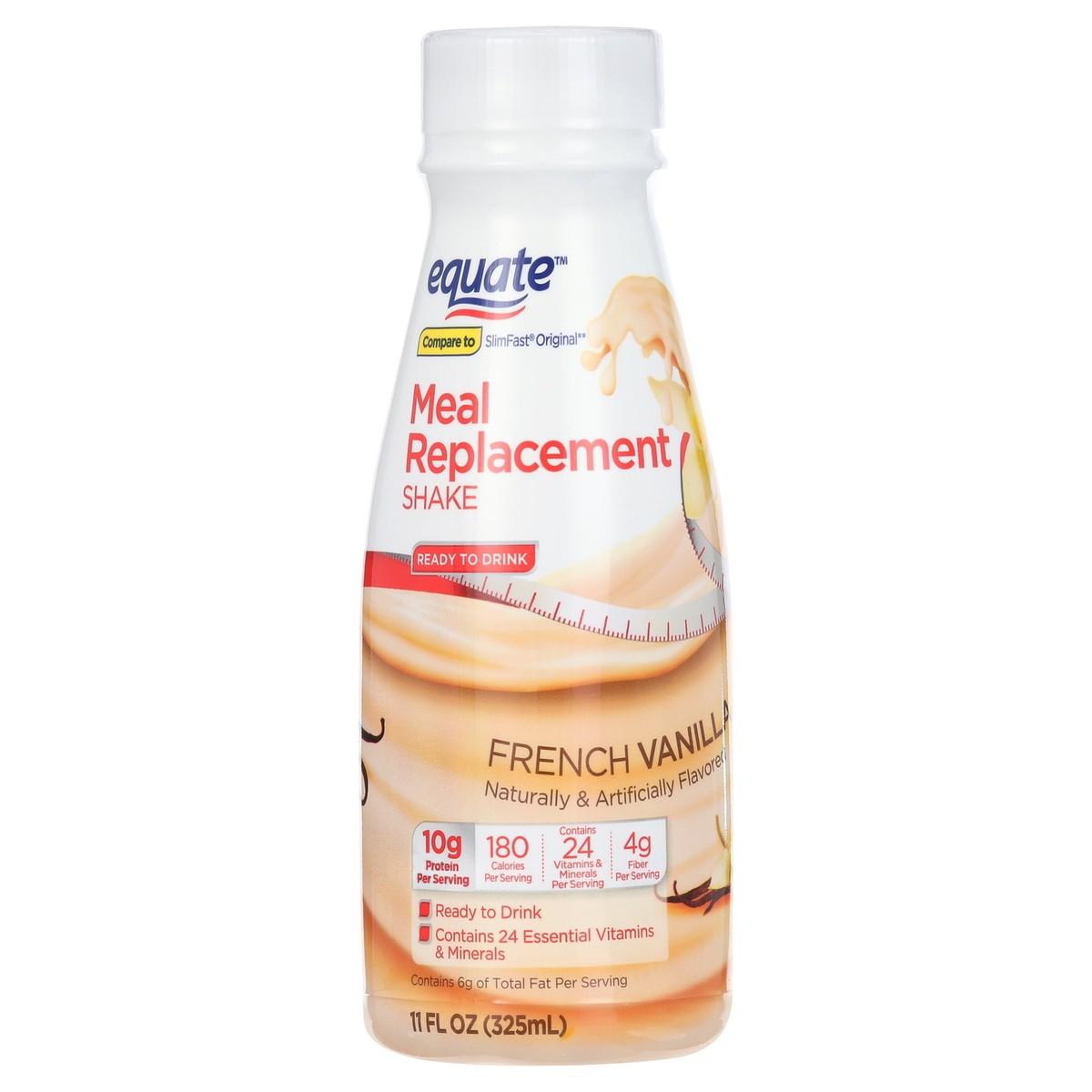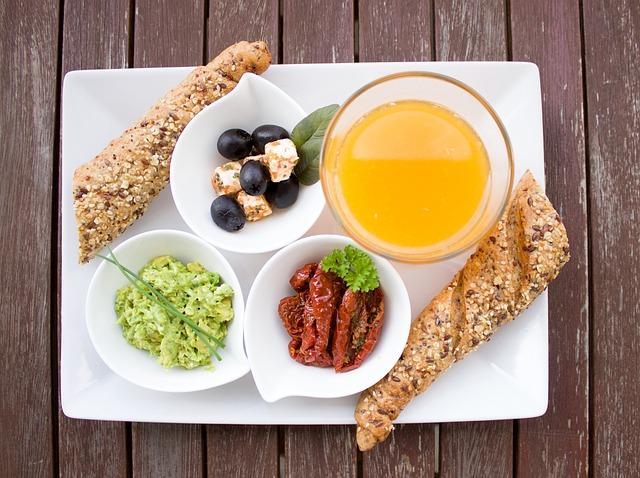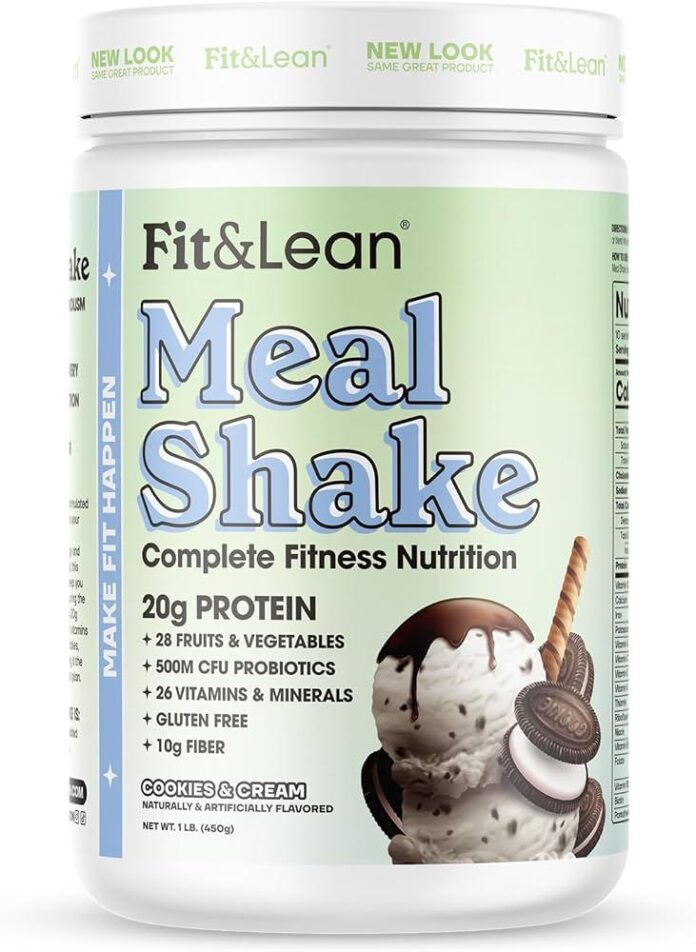In the hustle and bustle of modern life, where every minute counts, the quest for the perfect breakfast has evolved dramatically. gone are the days when breakfast meant a leisurely ritual of eggs and toast; now, convenience often reigns supreme. Enter meal shakes—a rapid, nutrient-packed option that promises to deliver a breakfast’s worth of energy in a matter of seconds. But as enticing as these liquid meals may be, a burning question looms: can they truly replace a traditional breakfast for the long haul? In this article, we embark on a 30-day real test to explore the sustainability, nutrition, and impact of meal shakes as a breakfast substitute. Join us as we journey through flavors, energy levels, and the highs and lows of this modern breakfast alternative, to uncover whether meal shakes can stand the test of time—or if they are simply a fleeting trend.
Exploring the nutritional Balance of Meal Shakes Versus Traditional breakfast Foods
As we delve into the world of meal shakes in comparison to traditional breakfast foods, it’s essential to consider the nutritional profile that each option offers. Meal shakes are often designed for convenience and can be fortified with a variety of essential vitamins and minerals. They can provide a well-rounded balance of macronutrients, including carbohydrates, proteins, and fats, often tailored to specific dietary needs. Though,the accuracy of these formulations can vary substantially between brands,making it critical for consumers to scrutinize labels. Conversely, traditional breakfast foods, such as oatmeal, eggs, and fruits, frequently enough come packed with natural nutrients, fiber, and healthy fats, supporting overall health and digestion without any additives.
When evaluating the potential of meal shakes as a long-term replacement for breakfast, it’s helpful to examine the components that contribute to a satisfying and nutritious start to the day. Consider the benefits of including a range of food sources like:
- Whole grains – For steady energy release
- lean proteins – To promote satiety
- Fruits and vegetables - Rich in vitamins and antioxidants
- Dairy or alternatives – For calcium and probiotics
To visualize this difference better, the following table highlights the typical nutritional breakdown of a standard meal shake versus a traditional breakfast meal:
| Aspect | Meal Shake | Traditional Breakfast |
|---|---|---|
| Calories | 300 | 400 |
| Protein | 20g | 15g |
| Fiber | 5g | 8g |
| Sugar | 10g | 5g |

Assessing Energy Levels and Satiety: A Daily Experience with Meal Shakes
throughout my 30-day journey testing meal shakes as a breakfast replacement, I diligently assessed my energy levels and feelings of satiety.Each morning began with the anticipation of what the shakes would bring. Generally, I found that my energy levels were consistent and stable after consuming the shakes. Unlike traditional breakfasts that may lead to post-meal sluggishness, the shakes provided a sense of alertness that lasted well into the late morning. The formula of each shake seemed crucial; those higher in protein and fiber tended to keep me full longer, helping to avoid the mid-morning cravings that often derailed my day. I noted each shake variety and its effects on my focus and productivity, creating a personal database of what worked best.
Satiety, however, proved to be a more nuanced experience.While the shakes did offer convenience and a variety of flavors,there were days when I felt a psychological void from not having a “traditional” breakfast experience. I began to recognize certain patterns in my feelings of fullness, including:
- The Type of Shake: Creamy and rich textures seemed to be more satisfying than thinner options.
- Add-Ins Matter: Ingredients like fruits or nuts not only enhanced flavor but also contributed to prolonged satiety.
- Hydration Impact: Staying hydrated throughout the morning appeared to influence my overall satisfaction levels.
To track these observations in a more structured manner, I created a simple comparison table that highlighted my personal energy levels and satiety after consuming different shake formulations:
| Shake Type | Energy Level (1-10) | Satiety Level (1-10) |
|---|---|---|
| Chocolate protein Shake | 8 | 7 |
| Green Smoothie Shake | 7 | 6 |
| Berry Blast Shake | 6 | 5 |
| Peanut Butter Banana Shake | 9 | 8 |

Long-Term Impacts on Health: What 30 Days of Meal Shakes Revealed
After a month of incorporating meal shakes into my breakfast routine, the long-term implications on my health became evident. While the shakes offered a quick solution for busy mornings, I noticed a fluctuation in energy levels throughout the day. Initially, the convenience of a nutrient-dense shake seemed appealing, but as weeks progressed, I felt more fatigued by midday. One possible clarification for this could be the lack of whole food consumption, which provides not only calories but also vital micronutrients. In comparison to traditional breakfasts, which often include proteins and fibers that keep you feeling full longer, the shakes may not sustain energy levels as effectively.
Moreover, my digestive health certainly experienced changes during the month. While meal shakes are designed to be packed with nutrients, I encountered an increase in gastrointestinal discomfort, likely due to the lack of natural fibers generally found in whole foods. This observation underscores the importance of considering how meal replacement shakes impact your body over time. As some individuals may thrive on these shakes, others might face issues such as:
- Bloating due to artificial additives.
- Cravings for whole foods that can lead to unhealthy snacking.
- Decreased satiety which could harm overall caloric control.
The following table summarizes the key differences observed in my health metrics over the 30 days:
| Health Metric | Before Meal Shakes | After 30 Days |
|---|---|---|
| Energy Levels (1-10) | 7 | 5 |
| Digestive Comfort (1-10) | 9 | 6 |
| Grocery Expenses | $$ | $$$ |

Crafting the Perfect Breakfast Replacement: Expert Tips and Recommendations
When transitioning to meal shakes as a breakfast replacement, it’s essential to ensure that they are not just convenient but also nutritionally complete. Here are some expert tips to help you craft the perfect meal shake:
- Balance macronutrients: Aim for a mix of protein, carbohydrates, and healthy fats. This combination will keep you fuller longer and provide sustained energy throughout the morning.
- Incorporate fiber: Add ingredients like oats, chia seeds, or flaxseed to enhance the shake’s fiber content, aiding digestion and promoting satiety.
- Choose quality ingredients: Opt for high-quality protein powders and natural sweeteners, such as honey or agave syrup, to avoid unnecessary additives and sugars.
- Experiment with flavors: Use fruits, spices, or even nut butters to enhance the flavor profile, making your shake enjoyable and rewarding.
To give you a clearer idea of how to structure your meal shakes,consider the following example of a balanced shake recipe:
| Ingredient | Amount | Benefits |
|---|---|---|
| Spinach | 1 cup | Rich in vitamins and antioxidants. |
| Banana | 1 medium | natural sweetness and potassium boost. |
| Protein Powder | 1 scoop | Supports muscle repair and fullness. |
| Almond Milk | 1 cup | Dairy-free,low-calorie base. |
| Chia Seeds | 1 tablespoon | Provides omega-3 fatty acids and fiber. |
With the right ingredients and careful planning, meal shakes can effectively replace breakfast. Keep track of how you feel physically and mentally throughout the day, and don’t hesitate to adjust your recipes to find the blend that works best for your body and lifestyle.
Key Takeaways
As we wrap up our exploration of the 30-day journey with meal shakes replacing traditional breakfasts, it’s clear that the answer to whether these liquid meals can sustain us in the long term is as nuanced as the flavors in a well-crafted shake.Our findings reveal a spectrum of experiences, from convenience and time-saving to nutritional concerns and taste fatigue. For some, the ease of pouring a shake into a cup is a morning lifesaver, while for others, the ritual of a hearty breakfast can’t be replaced.
Ultimately, the choice of whether to embrace meal shakes as a breakfast alternative hinges on personal lifestyle, nutritional goals, and individual preferences. As you consider integrating meal shakes into your morning routine, remember that balance and variety are key in any diet. Just as every shake can be tailored to your taste, so too can your approach to breakfast.
So, whether you’re a die-hard oatmeal fan or a meal shake enthusiast, make your choices deliberate and nourish yourself in a way that feels right for you. After all, the best breakfast is the one that fuels not just your body but also your daydreams and ambitions. Here’s to breakfast—whatever form it may take!



